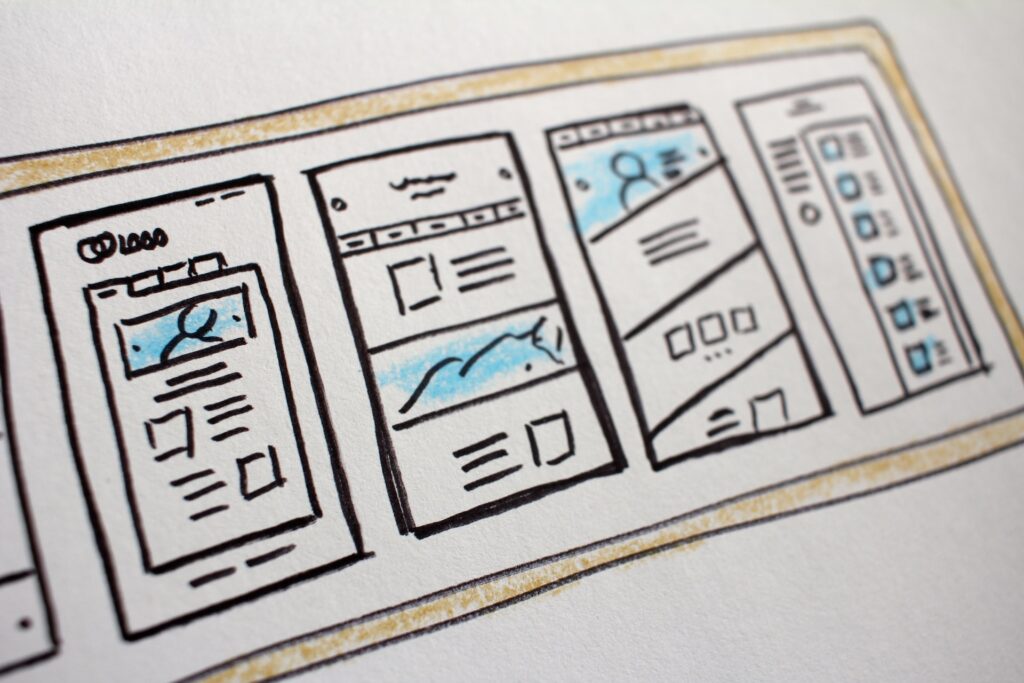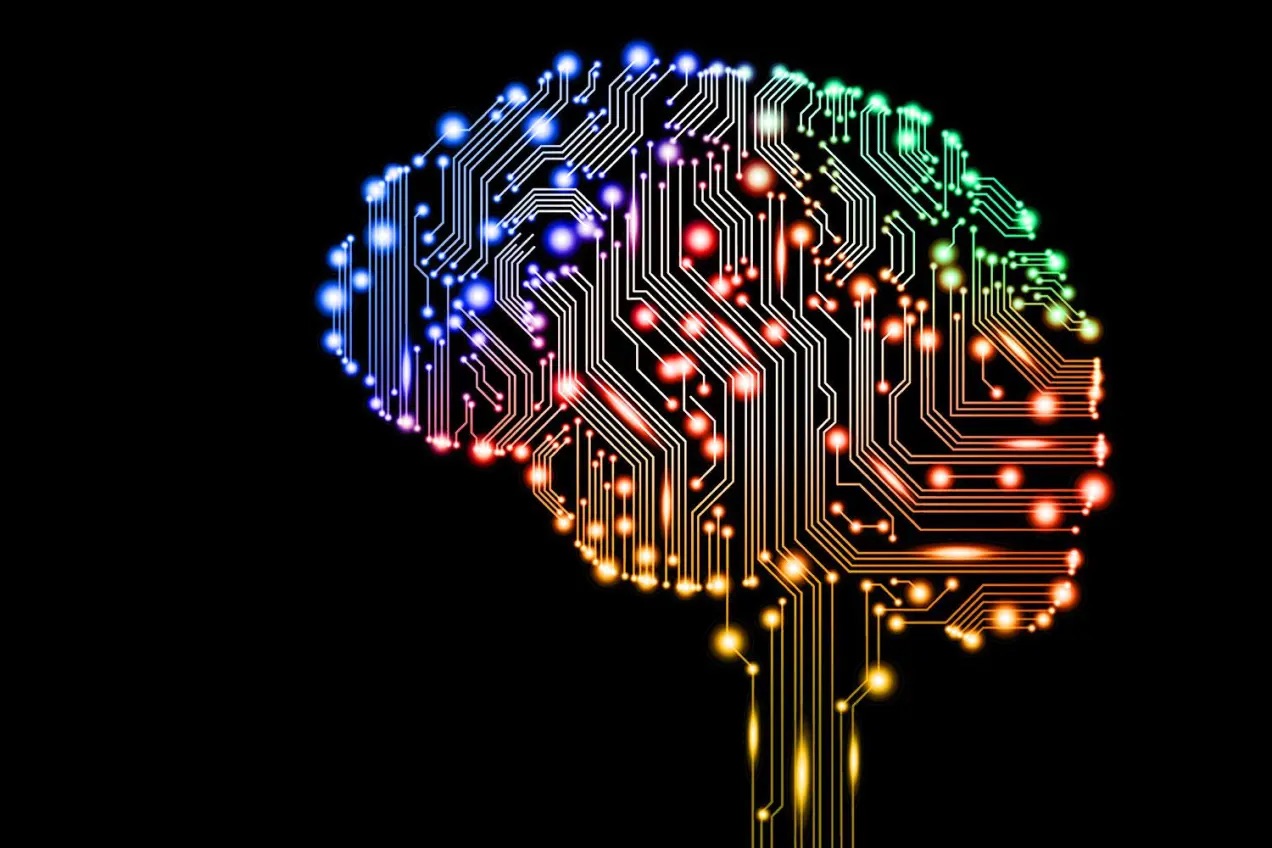What is neurodesign, its basics and heuristics
Neurodesign is a relatively new concept that combines knowledge about design and human psychology. The main goal of this new field is to create a simpler and more understandable, but at the same time attractive design for a person, using the knowledge of how his brain works. For this purpose, experts use such a concept as heuristics – the use by a person of his intuition and past experience to learn something new. There are several heuristics in neurodesign, which are intended to supplement the basic principles of design.
Experts distinguish five basic principles of neurodesign:
- Visual dominance. The vast majority of people perceive signals in the world around them through visual stimuli.
- Fast and slow processing. Scientists at Carleton University have shown that it takes people only 50 seconds to decide whether they like the design of a web page. Our limbic system is responsible for fast information processing. The main goal of neurodesign is to affect the limbic system as quickly as possible.
- Perception vs. awareness. The brain’s capacity is limited and it cannot process all visual stimuli. So don’t overload your projects with them.
- Attention. It is important not only to get the user’s attention but also to keep it. You should study how the visual context works so that you can use this knowledge when designing your interfaces.
- Motivation. The point is that the interface should motivate the user to take action.

When designing an interface, it is important to rely on heuristics. They make it much easier to accomplish the tasks behind the basics of neurodesign. For example, the absence of visual noise will help convey the necessary information to the user. It is important to think about what you can do without in the design by making it more concise. It may be necessary to reduce text or place visual accents in the right places. This may include such heuristics as brightness. You need to control the brightness of the page as a whole, as well as the brightness of individual elements. Users are primarily concerned with brightness, not hue.
The use of human faces immediately catches the user’s attention. Faces are the first heuristic that people pay attention to. The user is always trying to detect emotions and looks in the same direction as the eyes in the image. The emotions of the people in the pictures must match the main message.
Gestalt is a heuristic that helps to visually group data on a page and quickly make connections between them. It is important to consider whether related objects are visually related, whether they are spatially grouped and whether symmetry and asymmetry are taken into account to bring them together or create focus.
Users notice motion immediately, but overuse of motion can worsen the perceptual effect. Consider whether there are micro-interactions that attract the user’s attention, whether they compete with each other or with the design, whether they help understand how a particular element works, and whether they provide feedback.
And finally, feedback. It should be useful, timely, and concise, not cause negative emotions, and motivate the user to move on.
